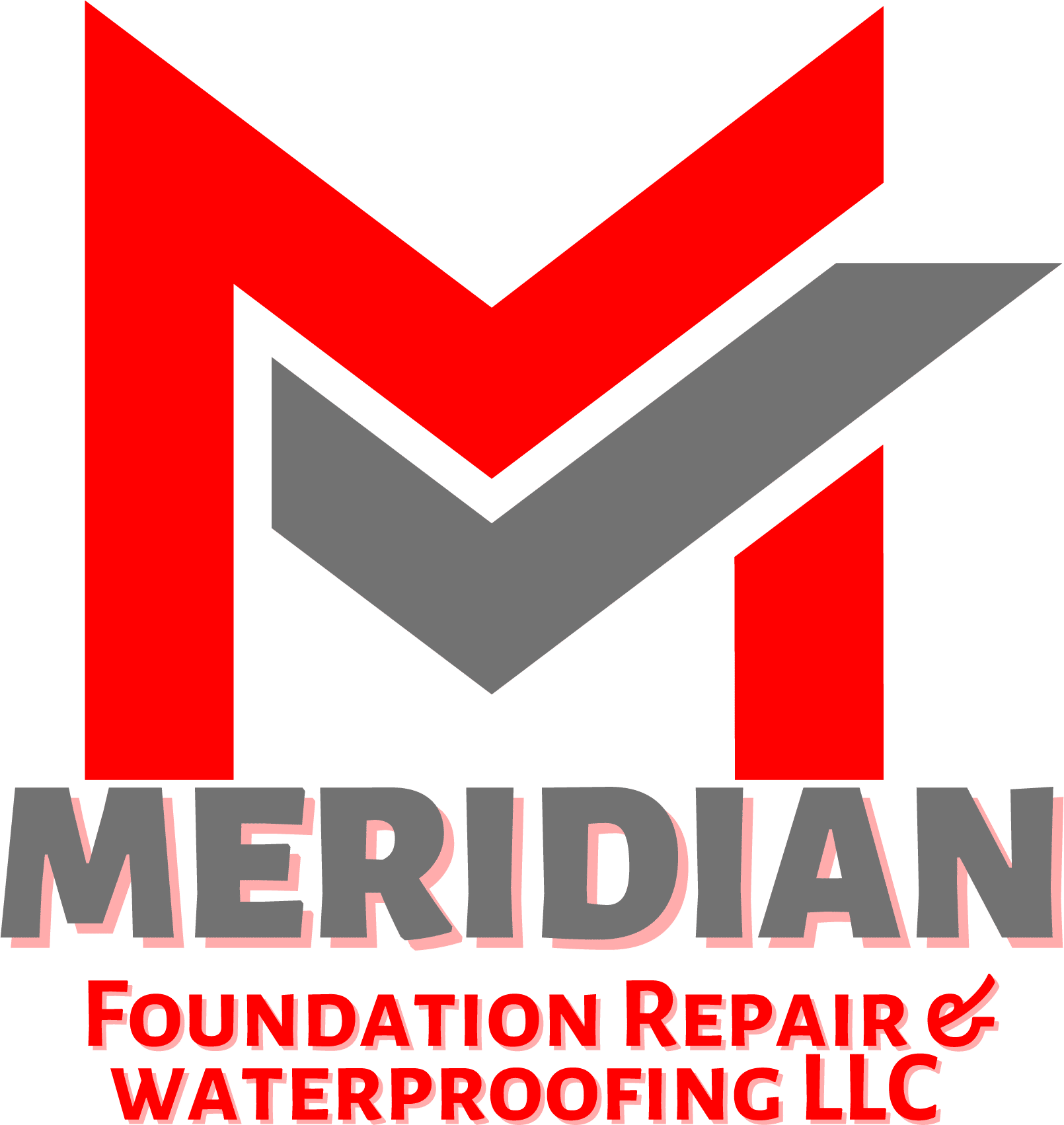If you are planning to build your own house rather than purchasing one, waterproofing is an important aspect. It is critical to include a water-resistant construction process. A residence is more than just a building; it is a location where memories are created, bonds are formed, and where folks unwind after a stressful day. Every little detail of constructing a home should be considered. Every day, water damage may not be immediately apparent, but after time it becomes obvious. To avoid this scenario, you should have a sound waterproofing system. This will save you time, effort, and money. Waterproofing includes foundation, basement, terrace, and bathroom/kitchen waterproofing. Let’s discuss some techniques for waterproofing your home.
- Use quality paints. Using quality paints is important. While this may not appear to be a big deal, it is. Poor quality paints are notorious for seeping moisture into concrete, damaging both the interior and exterior surfaces. This may weaken the structure of the building.
- Consider a canopy. Some people may not find canopies very appealing, but they provide additional waterproofing for your home. An external canopy system can help keep water off the top of your home. Canopies can be altered at any time and are therefore preferable. Metal canopies are more durable because they are extra durable.
- Fix cracked walls. Basement moisture is a sure sign of structural damage, and water is finding its way into your home as a result. It’s important to identify leaky basement symptoms as soon as possible to address them. Cracks can be repaired using mortar, a tough and cohesive binding agent.
- Reduce interior dampness. Everyone wants to have smooth, stain-free walls, but moisture can make them unappealing. Even the finest, most costly paints may not accomplish what you want if moisture is present. Leakage from the toilet, washrooms, and exterior walls, gaps between tiles, and water accumulations on the floor are among the most common causes of moisture. When your home is free of moisture, it is simple to prevent water seepage.
- Pay attention to the gutters. Debris, water, plants, or ice can build up on your gutters year round. This can clog the drainage. In addition to clogging, plant material like twigs and leads may breed insects. Therefore, your gutters should be cleaned twice a year. If you’re unable to do it yourself, you can always hire someone who can. The downspout of the gutter is usually the most cluttered areas.
- Protect your windows and doors. A properly installed water-proof weatherstripping can prevent drafts and rainwater from entering a home through windows. Weatherstripping is also a good idea to keep water out of the house. To prevent leaks, weatherstripping should be installed on windows and doors. In addition, weatherstripping should be installed to keep moisture out. If the windows and doors are not installed correctly, they can allow water to seep in. By redirecting water from above, weatherstripping can also keep rainwater out. Doors and windows can be sealed from the outside to keep the weather outside.
- Basement waterproofing. According to estimates, 98% of basements in America will suffer from water damage in their lifetime. Basements have the most exposure to moisture and poor ventilation compared to the rest of the home, which may be why they suffer so much water damage. Because they are located underground, basements are particularly susceptible to flash flood situations. Basement waterproofing should be a top priority during construction, therefore.
Conclusion
The goal of a waterproofing system is to prevent water from entering the building, and to provide outlets and drainage if it does. The most basic reason not to have a waterproofing system is that it compromises the structure’s strength. Water that gets into the building must be drained and expelled, or it will settle. Mold and other deformities are caused by moisture if you don’t have a waterproofing system. Following this guide will effectively protect your home from mildew and mold. After waterproofing your home, there is still more work to be done. You must put in place proper maintenance measures before beginning. Even if the job is done well, you must check for leaks and cracks on a regular basis, since there may be some faults in the work. DIY sealants should be used with caution, as they are temporary and will result in future costly repairs.

